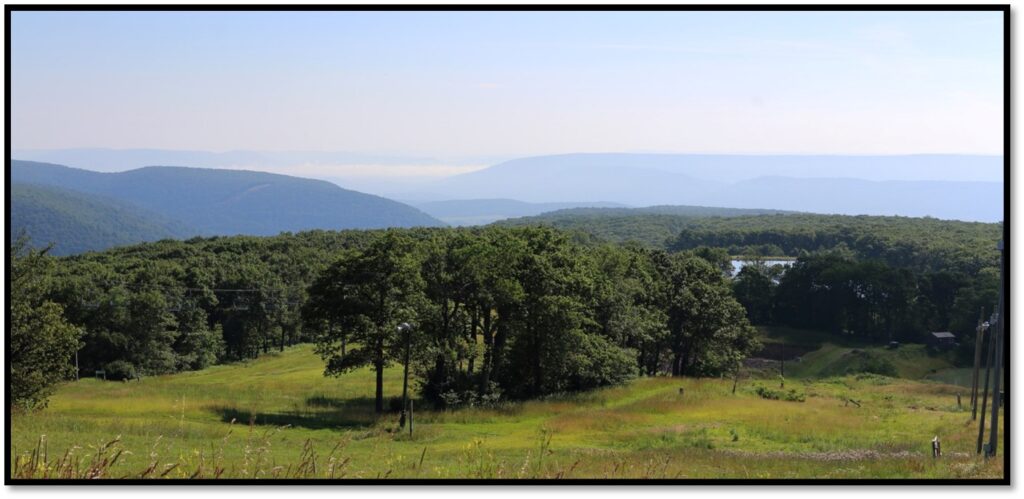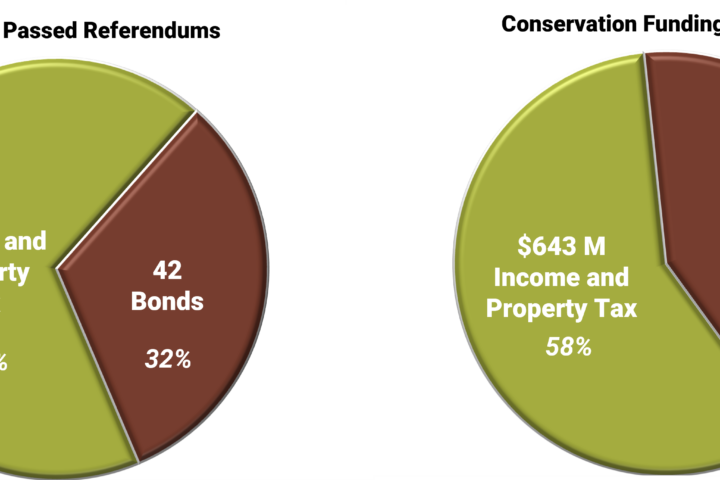
by Ryan Reed
One of my favorite TV shows, Mountain Men, has long featured a character by the name of Eustace Conway, whose homestead lies within the Blue Ridge Mountains in North Carolina. Many Pennsylvanians know we also have the similarly named Blue Mountain, which runs from the Delaware Water Gap in the northeast through Franklin County in southcentral PA.
So, what’s with all the mountains and ridges with “blue” in their names? This common naming pattern is most likely linked to their pleasant blue appearance, which seems to really stand out on hot summer days. As hot as it’s been lately, I’m sure the blue is very noticeable on all these ridges. Have you ever wondered what causes this phenomenon?
On hot, dry days, trees (especially oaks and poplars) emit a gaseous molecule called isoprene. Isoprene is believed to slow the loss of water, protecting the tree from drying out.
Isoprene can be chemically classified as a volatile organic compound (or VOC), which readily reacts with other molecules to produce the blue color we perceive. Some trees like maples are reported to produce far less isoprene, so mountains containing more maples and fewer oaks would appear to be more green than blue.
It turns out that the blue mountain phenomenon is not limited to the US or even North America. The Blue Mountains west of Sydney, Australia also sport a splendid cerulean shade, but their blues are said to be due to VOCs derived from the oils of abundant eucalyptus trees.

Blue Knob State Park in Bedford County, PA.
It may seem contradictory, but when I’m up in the oak ridges with the mountain blues, my spirits are always sky-high.
Forest Fridays is a project of the Department of Conservation and Natural Resources, Bureau of Forestry.



